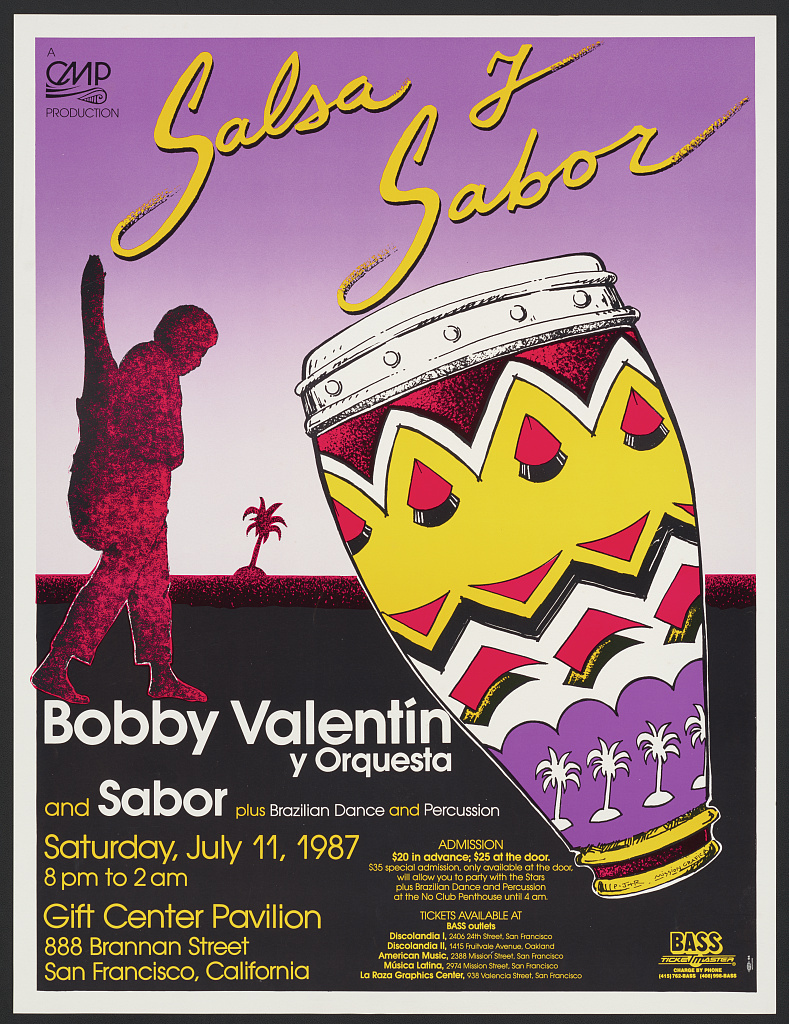All About Dance Fridays
Table of ContentsThe Facts About Dance Fridays UncoveredFascination About Dance FridaysThe 5-Second Trick For Dance FridaysGet This Report on Dance Fridays
Dance kind Salsa training in Ecuador Salsa is a Latin dance, related to the songs style of the same name, which was initial popularized in the United States in the 1960s in New York City City. Salsa is a mix of Cuban dancings, such as mambo, pachanga, and rumba, in addition to American dancings such as swing and touch. The term "salsa" was coined by Johnny Pacheco in the 1960s in New york city, as an umbrella term for Cuban dance songs being played in the city at the time. Salsa as a dance arised quickly after, being a mix of mambo (which was preferred in New york city in the 1950s) in addition to Latin dancings such as Boy and Rumba As American dances such as swing and faucet.
The basic Salsa dance rhythm consists of taking three actions for every 4 beats of songs. Salsa dancers can likewise break apart to dance solo, understood as "lusters". The 2 primary styles of salsa are direct and circular.

Our Dance Fridays Statements
Salsa dance is a worldwide dancing that can be found in a lot of cosmopolitan cities worldwide - https://dance-fridays-44581014.hubspotpagebuilder.com/dance-fridays-salsa-dancing-san-francisco-extravaganza/dance-fridays-salsa-dancing-san-francisco-extravaganza. Celebrations are held yearly, typically called a Salsa Congress, in various host cities aimed to attract a selection of salsa dancers from other cities and nations - salsa crazy. The events bring professional dancers together to share their interest for the dancing, develop community, and share relocations and pointers
International Salsa Congress, 2004 at Bangalore Video clip showing salsa dance principles Over the years, many different styles of salsa dancing have progressed all over the world. Much of them are compatible with each other, however others are different adequate to make dance in between professional dancers of different designs hard. Salsa has numerous similarities with other partner dancings, the styles and abilities discovered in salsa can be related to an additional Latin dance like Bachata. Integrating other dancing styling methods into salsa dancing has actually also ended up being common, with dancers of one style incorporating styles and activities of others to create brand-new fusions of dancing designs.

Among the most significant numbers in New york city style salsa is Eddie Torres - salsa crazy (called "the Mambo King"), that is credited with assisting look these up to formalize the on 2 salsa timing (based upon mambo) and aiding to promote it by teaching it in dancing workshops in New York and with early educational tapes
Dance Fridays Fundamentals Explained
LA style salsa is danced in a line or "port" with dancers trading settings throughout the dance, unlike Cuban salsa which is danced in a much more round style.
In this pattern, the leader steps onward on 1, tips to the exactly on 2-3 while transforming 90 degrees counter-clockwise (dealing with to the left), leaving the port open. https://www.intensedebate.com/people/salsacrazysf1. The follower then steps simple on 5-6 and switches on 78, while the leader makes one more 90 degrees counter-clockwise and slightly forward, returning right into the slot
The "Vazquez Brothers" (Luis Vazquez, Francisco Vazquez, and Johnny Vazquez) are attributed for the early advancement and development of LA Design. Luiz Vazquez was the co-founder of Los Angeles's initial salsa dance team, Salsa Brava. salsa crazy. The Vazquez Brothers attracted influence from stage dancings such as faucet dancing and helped develop LA style's reputation for showy relocations and acrobatics.
In Cuba, a popular dance understood as Gambling enterprise was marketed as Cuban-style salsa or Salsa Cubana abroad to differentiate it from various other salsa styles when the name was promoted globally in the 1970s.
All About Dance Fridays
The name Casino is stemmed from the Spanish term for the dance halls, "Casinos Deportivos" where much social dance was done among the better-off, white Cubans during the mid-20th century and forward. Historically, Gambling establishment traces its beginning as a companion dancing from Cuban Child, Cha Cha Cha, Danzn and Guaracha.
This suggests that no step is handled the initial and fifth beats in each clave pattern and the fourth and eighth beat are highlighted. This way, instead of following a beat, the professional dancers themselves contribute in their motion, to the polyrhythmic pattern of the songs. At the very same time, it is usually danced "a tiempo", although both "on3" (initially) and "on1" (nowadays).